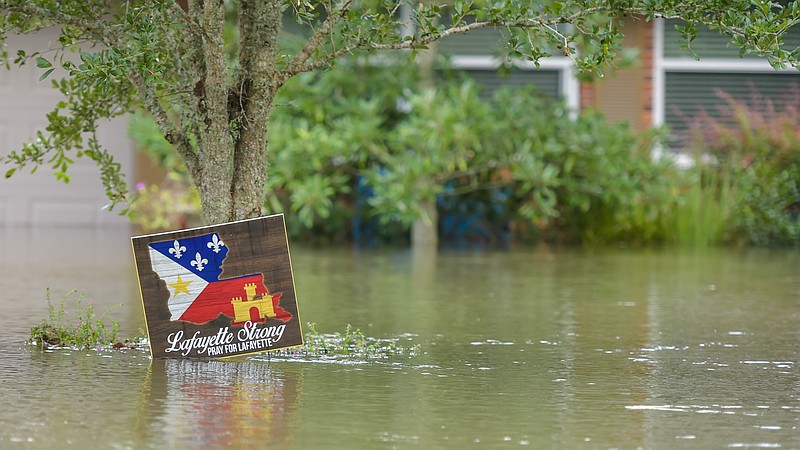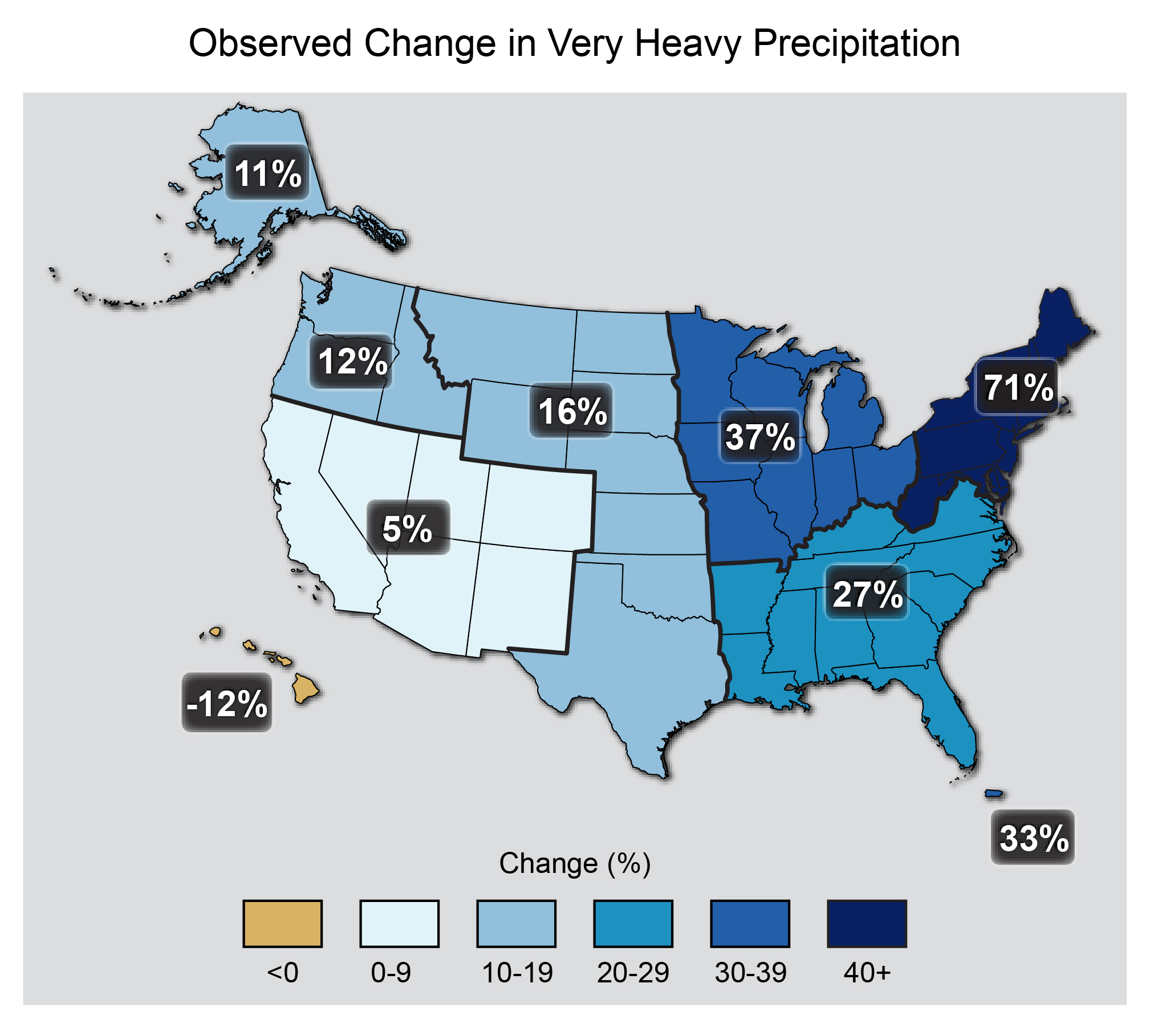Costly weather
› Katrina in 2005 took days to upend and swamp New Orleans, Gulf Shores and Mobile, then we watched the pain of lost lives and homes for weeks more in the storm’s aftermath. At least 1,833 people died in the hurricane and subsequent floods, making it the deadliest United States hurricane since 1928, according to NOAA. It also remains the costliest disaster on record at more than $153 billion in damages.› The April 30, 2010, floods in Tennessee Arkansas, Alabama, Kentucky, Mississippi and Georgia were felt the most in Middle Tennessee where Nashville was swamped with 18-20 inches of rain. Cost: $2.5 billion› The April 25-28, 2011, tornado outbreak across the Southeast, Ohio Valley and Midwest spawned 343 tornadoes that hit the ground in 13 states and several major metropolitan areas including Tuscaloosa, Birmingham, Huntsville and Chattanooga. More than 320 people died — more than 80 in our tri-state area — and monetary damages topped $10.8 billion.› Not quite a month later, the Southeast and Midwest were hit with another tornado outbreak — this time 180 tornadoes, including an EF-5 that struck Joplin, Mo. — took another 177 lives (160 in Joplin) and caused $9.6 billion in damages.› A year later, in 2012, Hurricane Sandy, also known as Superstorm Sandy, began on Oct. 22 as a Category 2 storm that made first landfall near Kingston, Jamaica, then a Category 3 when it hit Cuba and the Bahamas and then began churning up seas along America’s eastern seaboard. In the U.S., it affected 24 states from Florida to Maine. It was felt as far inland as the Appalachian Mountains. When the diminishing storm and its surge turned inland at New York City and Brigantine, N.J., on Oct. 29 it flooded streets, tunnels, subway lines and power stations, causing $75 billion in damage.Now the Louisiana floods are looking worse than Sandy, according to relief agencies.
Here we are again, watching a weather disaster unfold as it swamps the lives of hundreds and thousands of Americans.
This time in the Southeast it has been the floods of Louisiana.
Much like what happened in Nashville in 2010, a swirling storm system simply parked itself - or more correctly, continuously recreated itself - over the Baton Rouge area and dumped a foot to 30 inches of rain in one community or another in less than 72 hours.
Weather experts said two weather-related features combined: extreme humidity and near-stationary low pressure that hovered over the Gulf Coast for days. Rainfall rates peaked at six inches per hour. Nine rivers crested at record levels as the water drained into the Louisiana Delta, and the National Weather Service warned that the rivers would experience a "long crest," meaning they stay in flood stage for days, not hours.
Early tolls noted at least 11 were dead, about 10,000 were in shelters, some 40,000 homes were damaged and at least 30,000 people had been rescued in what the Red Cross was calling "the worst natural disaster to strike the United States since Superstorm Sandy."
And that was while it was still continuing to rain. Only one in eight homeowners in the flood-ravaged area have flood insurance, according to Louisiana news reports.
Meanwhile, halfway across our country to the west, the so-called "Blue Cut Wildfire" raged through rural communities in California, scorching 30,000 acres and forcing 82,000 residents in the San Bernardino area to evacuate their homes and businesses.
Only hours after it began, the fire was zero percent contained and covered 28 square miles. By Thursday, it covered 49 square miles.
Who needs terrorists? We are our own worst enemies with the unseen carbon pollution we add to our atmosphere that is not-so-slowly anymore choking our earth with heat that contributes to more and more record-breaking weather. We call the overall effect climate change.
Last week, climate researchers and weather experts told The Washington Post that while they can't say this or that event was "caused" by climate change, these extreme events are exactly what we can expect to see on an increasingly warming planet.
"Climate change has already been shown to increase the amounts of rain falling in the most intense events across many parts of the world, and extreme rainfall events like this week's Louisiana storm are expected [to] grow increasingly common in the coming years," wrote the Weather Underground's Bob Henson and Jeff Masters.
In other words, the warmer the planet, the more extreme our weather will become - on every end of the weather scale: hotter, colder, wetter, drier.
For instance, as the atmosphere warms, its ability to retain water vapor increases, and that increased retention of water vapor can mean more rain under the right conditions. Scientists have demonstrated it with weather data studies.
Research from 1958 to 2012 shows heavy rain events have become heavier over the last several decades, consistent with temperature increases. In the Southeast, we've seen a 27 percent increase in heavy rain events. The Northeast and upper Midwest east of the Mississippi River have seen increases of 71 percent and 37 percent, respectively. Regions west of the Mississippi have seen significantly lower increases in precipitation.
While our politicians tie themselves in knots over emails, cyber hacks and character assassinations, our planet's warming has contributed, in the first six months of 2016 alone, to eight weather and climate disaster events with losses exceeding $1 billion each across the United States, according to NOAA's National Centers for Environmental Information. These events included two floods and six severe storms. Overall, the events resulted in the deaths of 30 people and an estimated $11 billion in damages - all before the Louisiana rains even began.
Since 2000, 4,569 people have died in 122 weather disasters ranging from floods, lightning and hail storms, tornadoes, droughts and fires and tallied at least $740 billion in damage.
Watching these weather disasters unfold is a pastime that's becoming all too routine in our country.
It is time for our elected leaders - and all of us - to embrace the concept of lifestyle and innovation changes to do whatever we can to slow our planet's warming.

